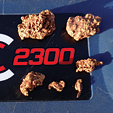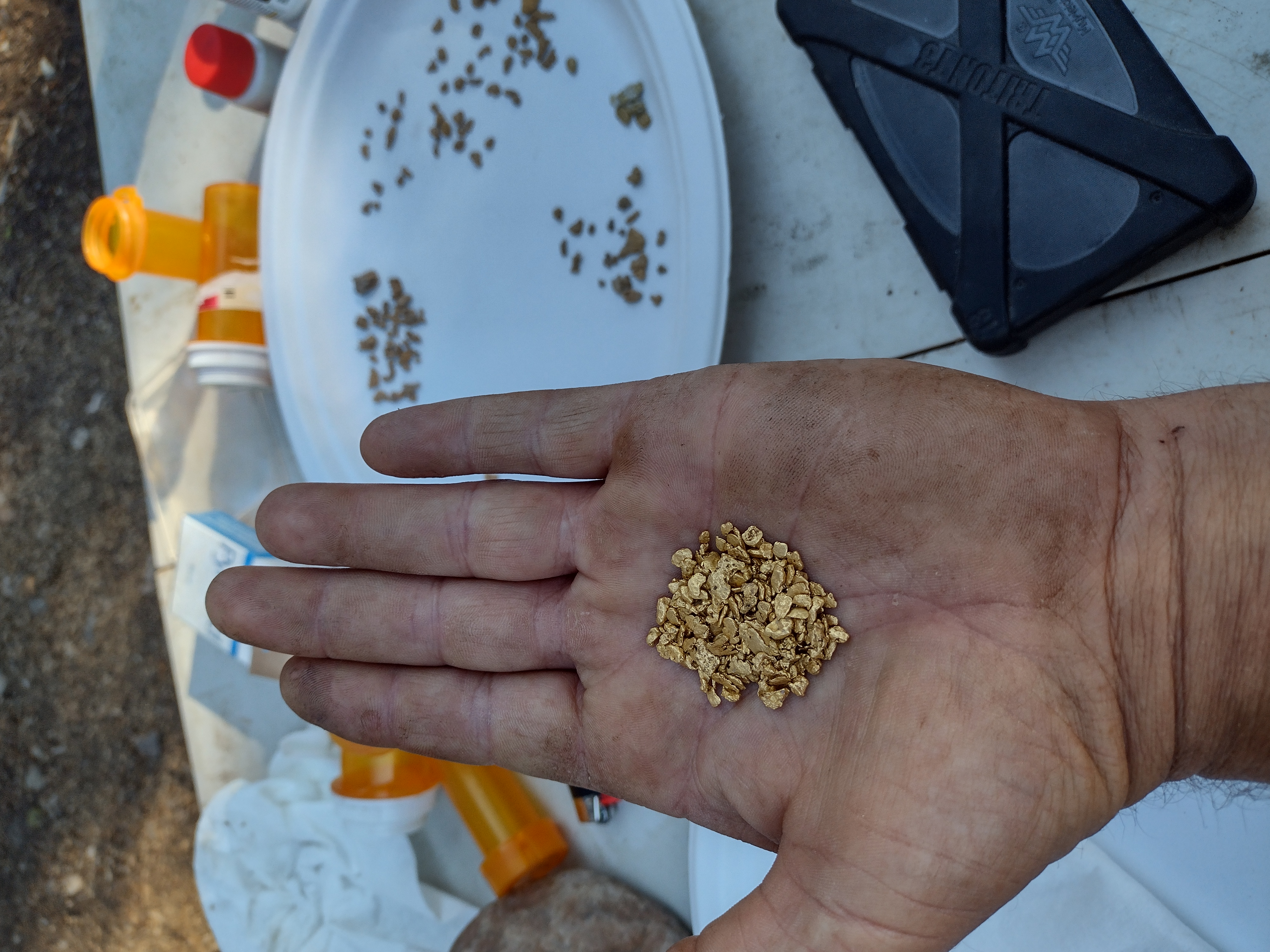Prospecting & Detecting
The Dredge Report
November 2014 by Ron Kliewer
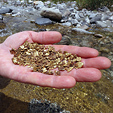 As a plaintiff in one of the lawsuits, I’m not allowed to talk about specifics in the court-ordered negotiations currently underway in San Bernardino. However, I do want to let you know we are making progress…
As a plaintiff in one of the lawsuits, I’m not allowed to talk about specifics in the court-ordered negotiations currently underway in San Bernardino. However, I do want to let you know we are making progress…
Additional articles that might interest you...
Sniping for Drought Gold
August 2014
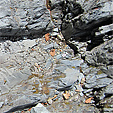 There are not a lot of tools needed to get out and take advantage of the situation. Other than my wetsuit, I typically travel light with a gold pan, maybe a pry bar and a few crevice cleaning tools.
There are not a lot of tools needed to get out and take advantage of the situation. Other than my wetsuit, I typically travel light with a gold pan, maybe a pry bar and a few crevice cleaning tools.
 There are not a lot of tools needed to get out and take advantage of the situation. Other than my wetsuit, I typically travel light with a gold pan, maybe a pry bar and a few crevice cleaning tools.
There are not a lot of tools needed to get out and take advantage of the situation. Other than my wetsuit, I typically travel light with a gold pan, maybe a pry bar and a few crevice cleaning tools.
Nevada's Lithium Boom
March 2017
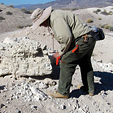 When prospecting for lithium, after confirming for macro attributes through research and field work, including examination of surface geology, the main tool is an accurate lithium assay.
When prospecting for lithium, after confirming for macro attributes through research and field work, including examination of surface geology, the main tool is an accurate lithium assay.
 When prospecting for lithium, after confirming for macro attributes through research and field work, including examination of surface geology, the main tool is an accurate lithium assay.
When prospecting for lithium, after confirming for macro attributes through research and field work, including examination of surface geology, the main tool is an accurate lithium assay.
Prospecting Australia—Part II: There and Back Again
November 2011
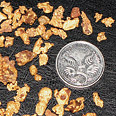 Steve got his first nugget within minutes of turning on his metal detector. It only took me about an hour to find my first piece.
Steve got his first nugget within minutes of turning on his metal detector. It only took me about an hour to find my first piece.
 Steve got his first nugget within minutes of turning on his metal detector. It only took me about an hour to find my first piece.
Steve got his first nugget within minutes of turning on his metal detector. It only took me about an hour to find my first piece.
The Reason We Fight
July 2015
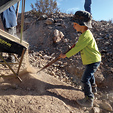 Joy was written on his face, holding up the nugget—his first ever nugget—that he and his grandpa dug up together.
Joy was written on his face, holding up the nugget—his first ever nugget—that he and his grandpa dug up together.
 Joy was written on his face, holding up the nugget—his first ever nugget—that he and his grandpa dug up together.
Joy was written on his face, holding up the nugget—his first ever nugget—that he and his grandpa dug up together.
Detecting Old Pocket Diggings
February 2013
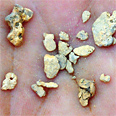 Looking around, I could tell that this was an old hand-digging. As I walked around the perimeter of the digging I could see shovel and pick marks scratched on the clean, hard clay and bedrock.
Looking around, I could tell that this was an old hand-digging. As I walked around the perimeter of the digging I could see shovel and pick marks scratched on the clean, hard clay and bedrock.
 Looking around, I could tell that this was an old hand-digging. As I walked around the perimeter of the digging I could see shovel and pick marks scratched on the clean, hard clay and bedrock.
Looking around, I could tell that this was an old hand-digging. As I walked around the perimeter of the digging I could see shovel and pick marks scratched on the clean, hard clay and bedrock.
Subscription Required:
The Bawl Mill
• Gemstones to Die For
• Guinea Africa: Gold, Ebola, and A Monkey Barbecue
• Geobotany: Plants Associated With Mineral Deposits
• The Hunt for Remote Canyon Gold
• Why Did This Silver Mine Close? Pt II
• A Golden Summer
• California State and US National Panning Championships
• Melman on Gold & Silver
• Mining Stock Quotes and Mineral & Metal Prices
Free:
Legislative and Regulatory Update
• What Can I Do to Save My Mining Rights?

